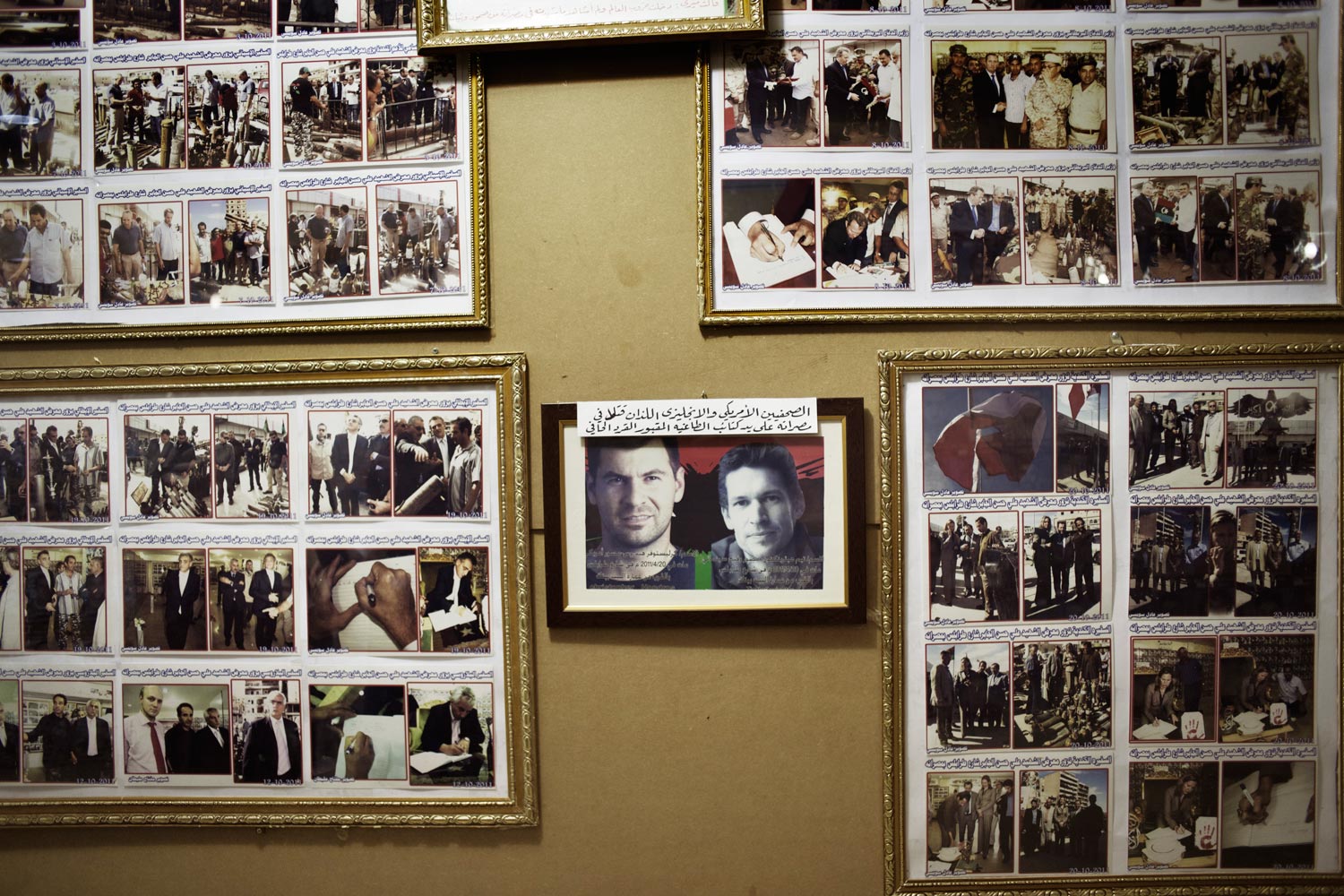
TIME contract photographer Yuri Kozyrev and I recently spent two weeks driving across Libya, from east to west, surveying the aftermath of the Arab Spring’s most thorough revolution to get a sense of the lessons learned and the challenges that still lie ahead for the vast, oil-rich country. The war-ravaged city of Misrata was one of the key stops on our journey, not only for its significance as perhaps the most brutally repressed flashpoint in Libya’s uprising against Muammar Gaddafi, but also because of its significance on the emotional map of many foreign correspondents who covered this war, myself and Yuri included. Yuri lost one of his close friends here, Tim Hetherington. Hetherington, an award-winning British photographer and director, was killed along with the great American photographer Chris Hondros, while covering the fighting on Misrata’s Tripoli Street on April 20, 2011. The two had travelled, along with other journalists, to Misrata by boat from the rebel-held eastern city of Benghazi.
At the time, Misrata was under a fierce and brutal siege by Gaddafi’s forces, but the city had become a symbol of the Libyan resistance—and Gaddafi’s violent tactics to stop it. Yuri was in frequent contact with Hetherington at the time, hoping to make the same perilous journey by boat. “I thought it was very important to go there,” he told LightBox this month. “It was almost impossible to cover the war from the eastern front line, and Misrata was a hotspot.”
Yuri never made it there; the sudden deaths of Hetherington and Hondros put an end to those plans. So our trip last month marked his first visit. “We had never heard about Misrata before the war, but when the war happened, Misrata was a very important place. And not just Misrata, but Tripoli Street,” he says. “For me it was on a personal level. It was in the news, and everybody mentioned it. But for me, it’s also about friends.”
Seeing Tripoli Street was hard for Yuri. There were moments, as we surveyed the wreckage, moving silently past block after block of shell-shocked neighborhoods, that I could see the grief on his face. Misrata’s war museum—“The Ali Hassan Gaber Exhibit,” named for the al-Jazeera cameraman killed covering the revolution—is something we came across by chance on our first day in the city. In it, Misrata’s residents and former fighters have meticulously documented the horrors of their city’s experience in war. There are rows of rockets, missiles, and tanks; clothing and furniture hauled away from Gaddafi’s compound in Tripoli; photographs of the rebels’ gruesome injuries; official documents detailing regime corruption; and the portraits of all 1,215 of the city’s martyrs. Yuri told Lightbox what it was like to visit the exhibit, set amid the destruction on Misrata’s Tripoli Street: “Inside there are hundreds of portraits of Libyans who were killed. When I walked through, looking through these portraits for the dates they were killed, suddenly I stopped. On the left side there were two portraits of Tim and Chris.”
Misrata’s residents are keen never to forget the details of this horrific point in their history. Indeed, everywhere we traveled in Libya, we found similar efforts to immortalize the names and faces of those lost; and the tragic events that transpired. But all along Tripoli Street, there is also rebirth, and there is hope. New billboards and storefronts have sprung up from the city’s ashes. Uniformed traffic cops in white gloves patrol intersections—despite the absence of a fully functioning central government. And construction workers in orange vests clear rubble and tend to new flowers in the grassy medians. Stores selling wedding dresses and school supplies have re-opened their ground floor display windows; even as the gaping holes caused by rockets and tank shells remain to be fixed just above. “There are a lot of signs of war but you can see that there is life,” Yuri says. “There is life in different ways, girls on the street, boys on motorbikes, and flower shops.”
“At the same time I didn’t want to do any kind of investigation [into Tim and Chris’ deaths], to try to understand what happened,” he says. “It happened. It happened last year, and I remember it, and that’s it. I was not in the mood yet to try to understand. I know that’s the street. I know that’s the place.”
Abigail Hauslohner is TIME’s Cairo correspondent.
Yuri Kozyrev is a contract photographer for TIME and was named the 2011 Photographer of the Year in the Pictures of the Year International competition.
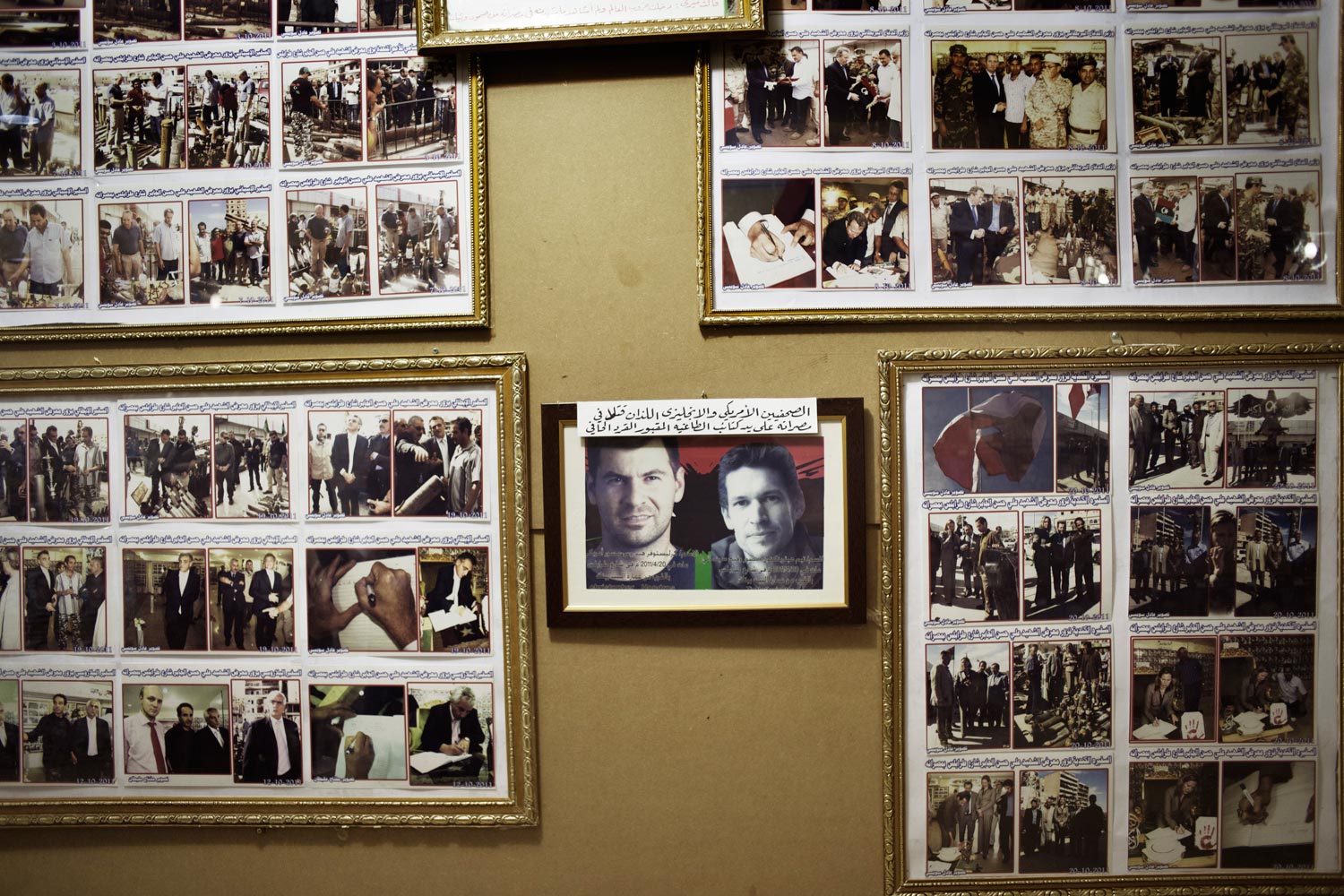
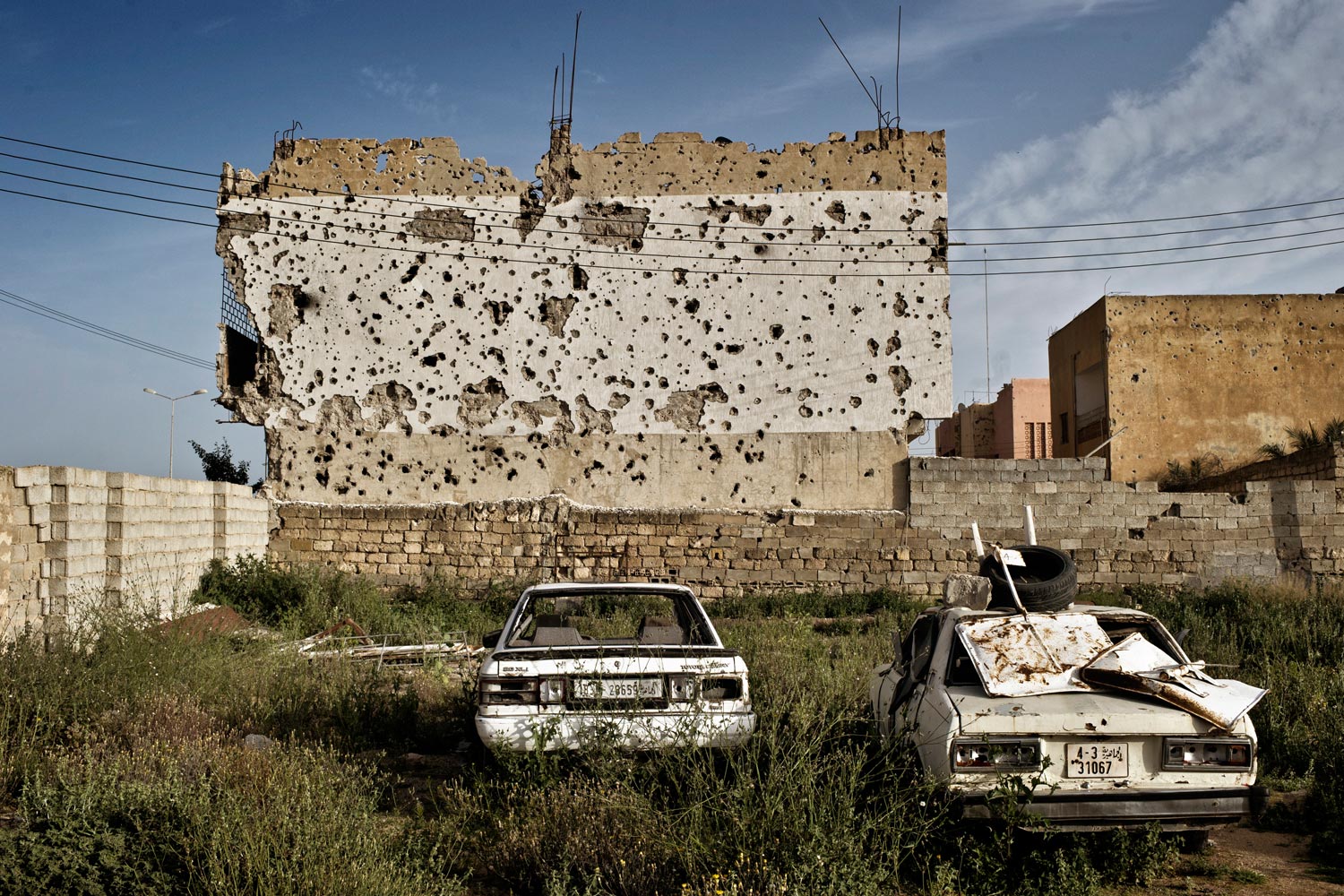
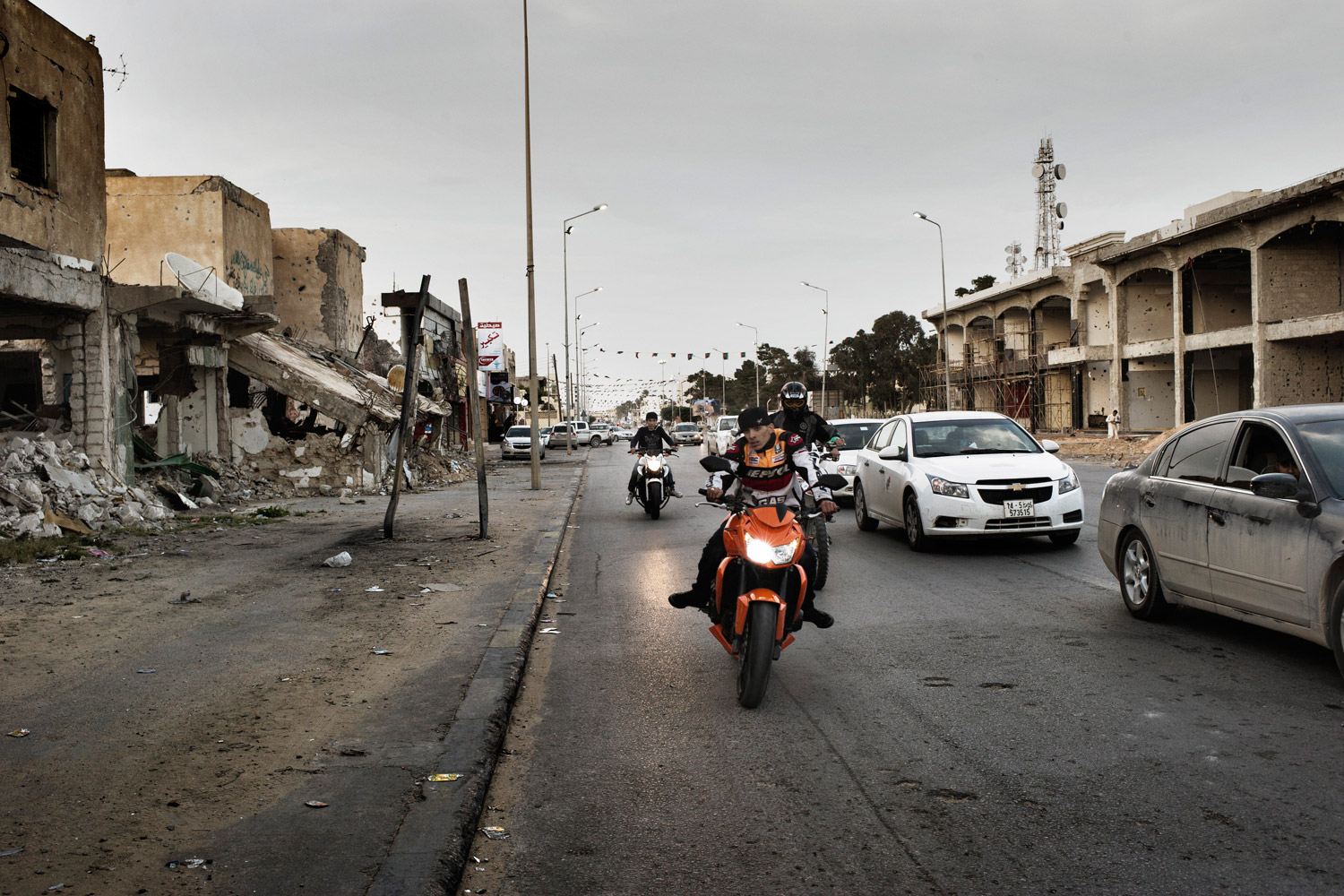
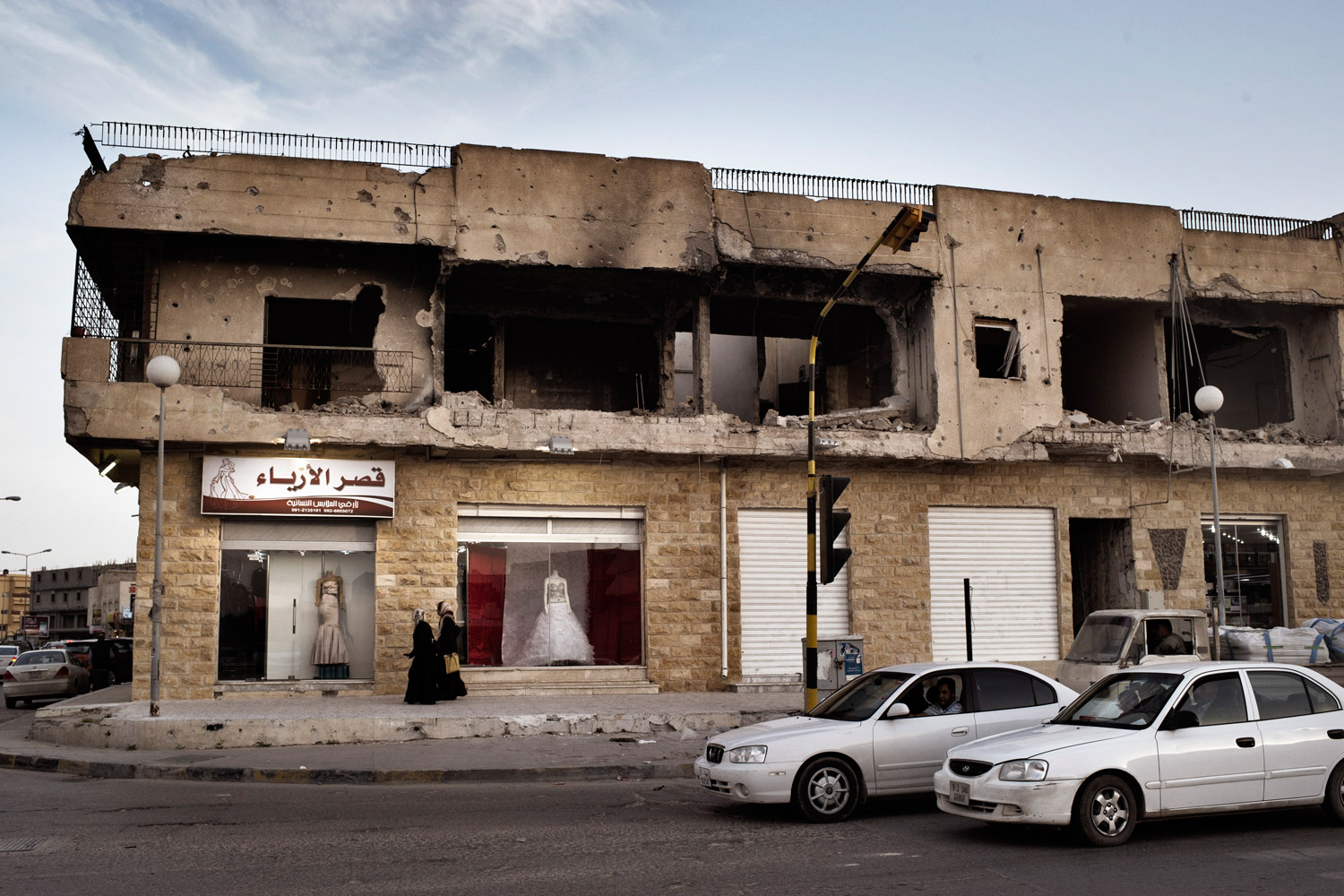

More Must-Reads From TIME
- The 100 Most Influential People of 2024
- Coco Gauff Is Playing for Herself Now
- Scenes From Pro-Palestinian Encampments Across U.S. Universities
- 6 Compliments That Land Every Time
- If You're Dating Right Now , You're Brave: Column
- The AI That Could Heal a Divided Internet
- Fallout Is a Brilliant Model for the Future of Video Game Adaptations
- Want Weekly Recs on What to Watch, Read, and More? Sign Up for Worth Your Time
Contact us at letters@time.com